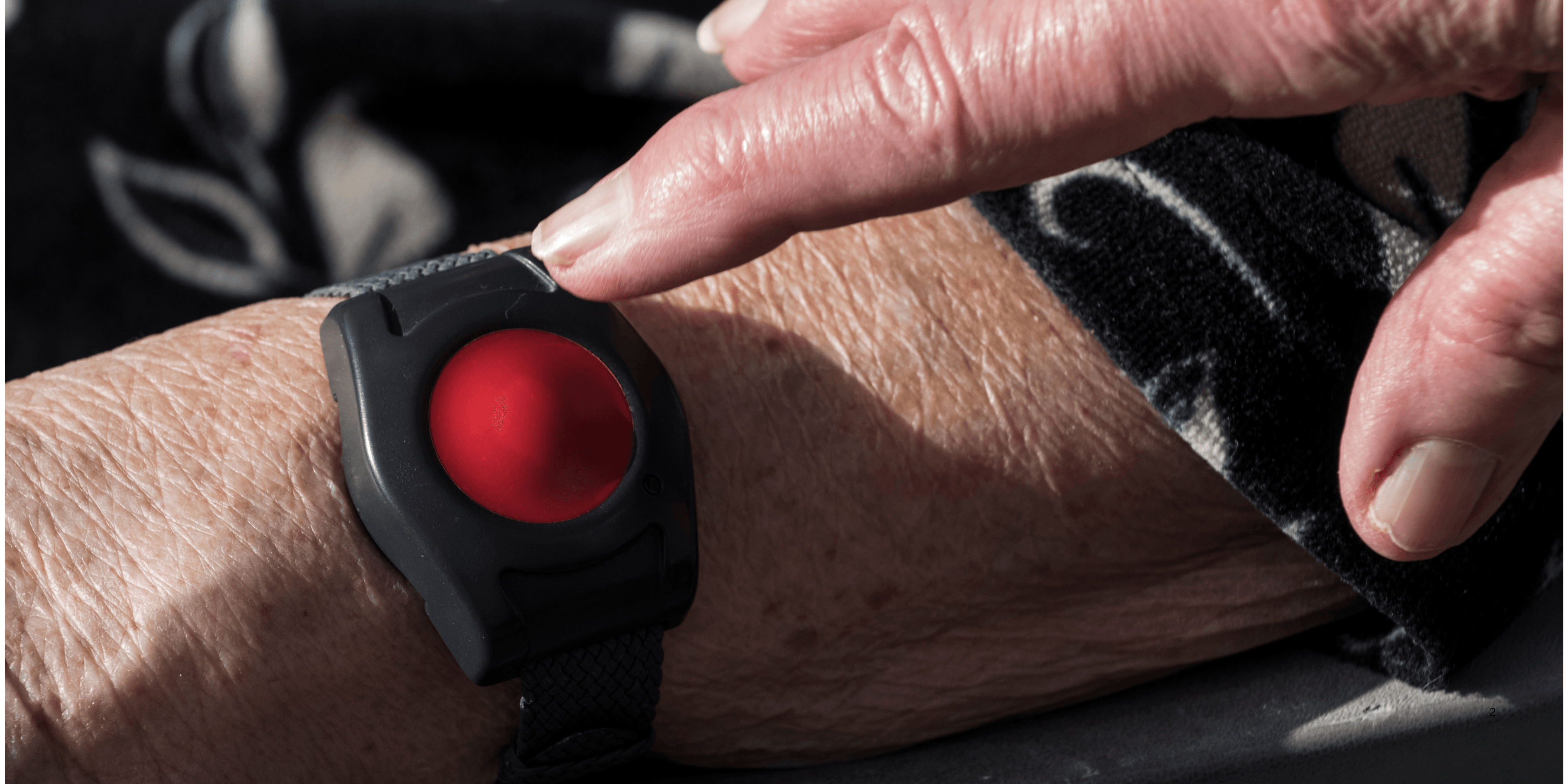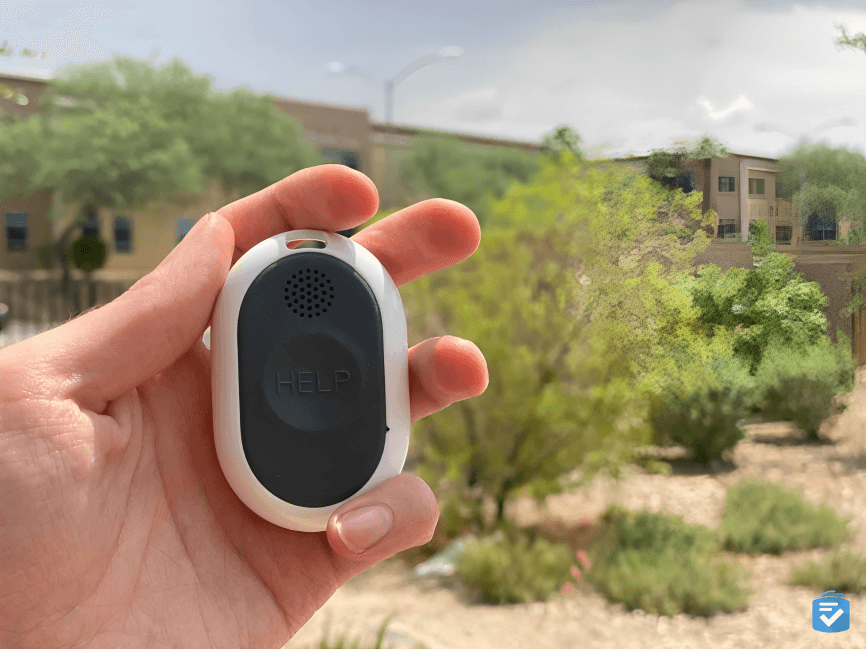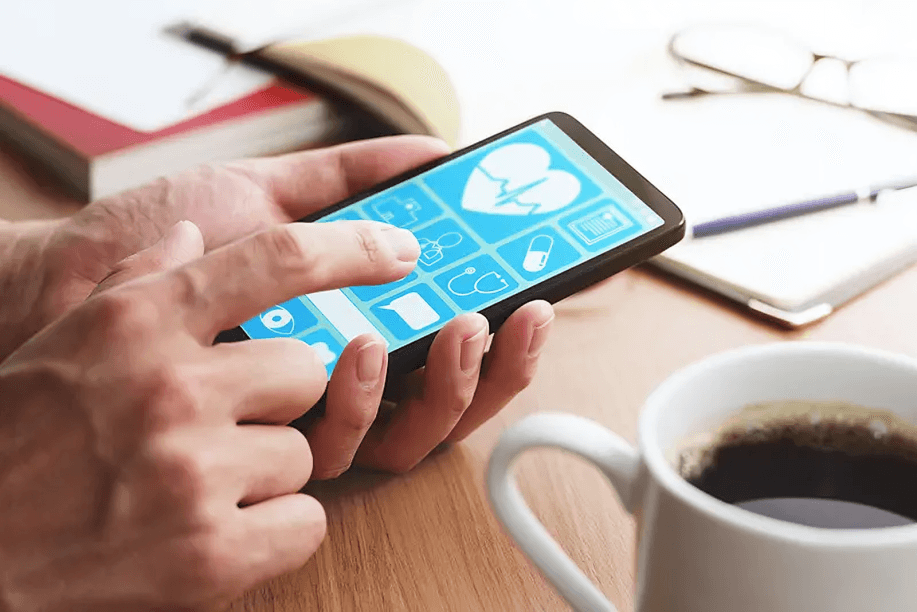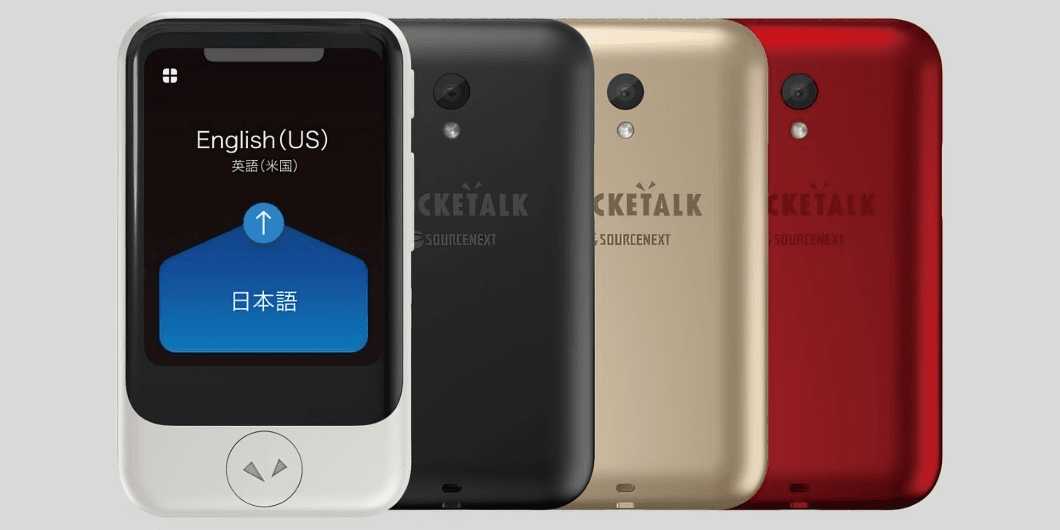
“
The importance of medical alert systems has grown with our aging population and increased focus on independent living. From GPS tracking to automatic fall detection, they blend technology with safety, ensuring timely responses even when users can't speak. 1
1
”
Medical alert systems allow seniors to maintain independence while offering a reliable safety net during falls, heart issues, or sudden illness, reducing the emotional burden on caregivers and loved ones. 1
These devices are equipped with waterproof buttons, enabling users to summon help even in bathrooms—where over 80% of senior falls typically occur—ensuring no moment is risky for protection. 2

With GPS-enabled technology, medical alert systems can accurately locate users outdoors, helping emergency responders reach them faster during crises like strokes or accidents away from home.
Fall detection features automatically sense sudden drops in movement and alert emergency contacts, even when the user is unconscious or unable to press the help button, reducing critical time delays. 3
Medical alert systems are monitored by 24/7 emergency operators trained to evaluate each situation—offering not just dispatching help but also comforting users and guiding them until assistance arrives. 4
Many devices allow users to connect directly with loved ones, offering a simple way to communicate during distress while ensuring immediate medical support remains one button away if needed. 5
Wearable alert systems, such as pendants or wristbands, are lightweight, discreet, and comfortable, ensuring users can wear them throughout the day and night without affecting mobility or rest. 6
Seniors living alone benefit greatly from these devices, as they bridge the gap between total independence and supervised care, encouraging longer, safer lives in their own homes. 7
Studies show that fast medical response through alert systems reduces hospital stays and complications by enabling quicker treatment, especially in stroke and cardiac cases where every minute matters. 8

For individuals with chronic illnesses like diabetes or epilepsy, alert systems act as safeguards against sudden episodes, making it easier for them to live full lives without constant physical supervision.
Some devices come with medication reminders and health tracking, helping users maintain consistent routines and stay on top of vital stats, reducing preventable health risks and medication errors. 9
Caregivers gain peace of mind knowing they’re only a call or signal away from assisting loved ones—allowing for balanced, stress-free care partnerships between seniors and family members. 10
Systems designed for couples or dual users help ensure that both partners in a home receive equal protection and assistance, encouraging shared independence even in health-compromised households. 11
In rural or remote areas where emergency services may take longer to arrive, the prompt alerts from these systems can be the difference between life and death due to early response activation. 12
Some modern alert systems include voice-activated features, enabling users to call for help even when unable to move, adding another layer of reliability for strokes or immobilizing injuries. 13

Devices now support multilingual services, removing language barriers and ensuring effective communication for seniors from diverse backgrounds during stressful emergencies.
Medical alert systems reduce the chances of hospital readmission by ensuring proper emergency support and follow-up care, which supports recovery at home rather than repeated institutionalization. 14
For seniors suffering cognitive impairments or early dementia, systems with location tracking help prevent wandering and enable caregivers to respond quickly if the user gets lost or disoriented. 15
Insurance companies and some healthcare providers now recognize the importance of medical alert systems and may offer discounts or reimbursement plans due to their role in reducing medical risks. 16
As the philosopher Seneca said, “Luck is what happens when preparation meets opportunity.”Medical alert systems offer vital emergency support, giving users a better chance to stay safe. 17


